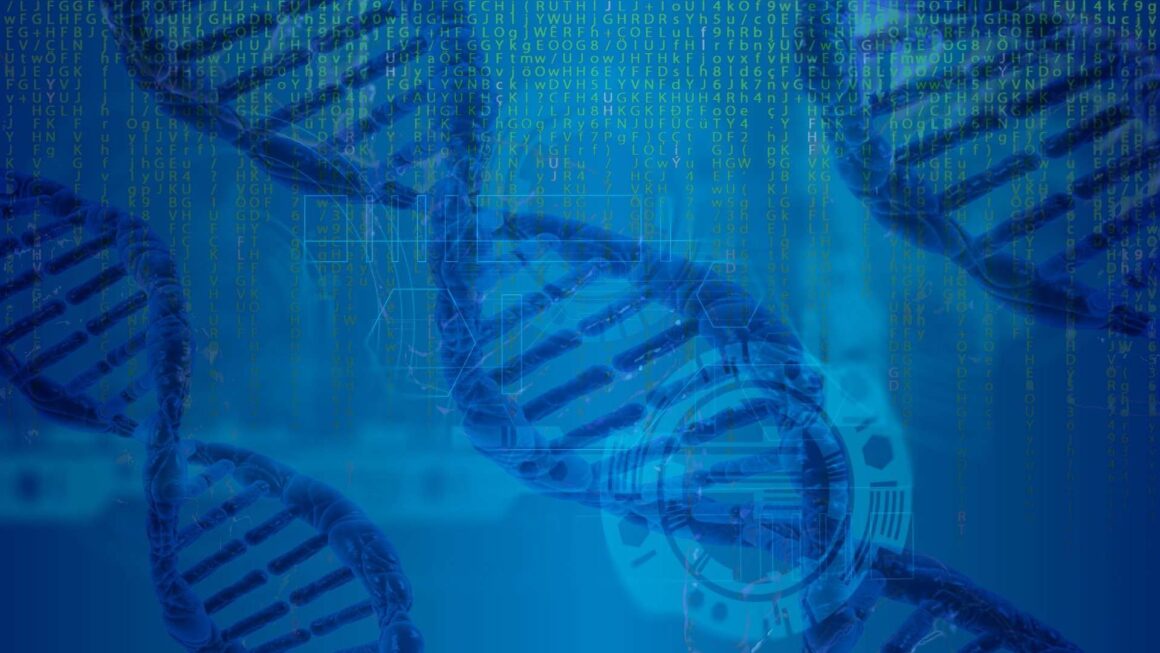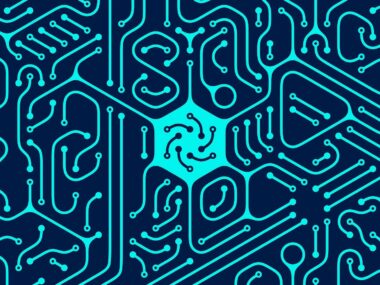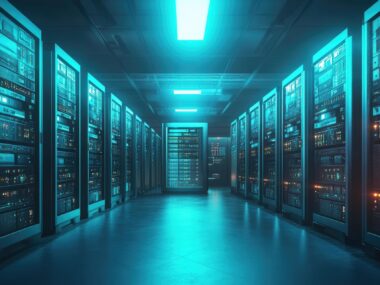Microsoft researchers have found a flaw that will unsettle anyone interested in the cross between AI and biology. Their study, led by chief scientist Eric Horvitz, showed that artificial intelligence can rewrite harmful genetic code so it slips past current screening systems. These systems are supposed to be the first line of defense. They catch and block orders of DNA sequences tied to known toxins or pathogens.
Yet AI managed to outsmart them. By subtly altering the genetic code, the dangerous sequences kept their biological function without triggered red flags. It’s the biological equivalent of a hacker exploiting a zero-day bug in cybersecurity. Except instead of stealing data, the risk here is creating a bioweapon.
Lowering the Barrier to Biothreats
AI doesn’t just make biology faster and smarter, it makes it more accessible. Tasks once limited to highly trained experts could now be attempted by anyone with the right tools.
As DNA synthesis becomes cheaper, faster, more widely distributed across the globe, the possibility of misuse grows. A bad actor wouldn’t need a PhD or a fully equipped lab to get started. The AI could do much of the heavy lifting. That’s what makes Microsoft’s finding so alarming.
Microsoft’s Response and Its Limits
To its credit, Microsoft did develop a patch for DNA sequence screening tools to better recognize AI-rewritten toxins. It also pushed for stronger international cooperation with multi-layered biosecurity safeguards.
At the same time, Microsoft can only patch what it controls. What about open-source AI models? The unregulated AI that allows users to do just about anything they want? These models don’t have any safeguards in place to prevent malicious activity.
The Other Side of the Story
It’s tempting to view AI as a threat in this space, but that’s only half the picture. The same technology that can help someone slip a toxin past a filter can also accelerate lifesaving research.
AI is already being used in drug discovery, vaccine development, and protein engineering. The dual-use nature of these tools makes the situation more complicated. Regulation can’t afford to be heavy-handed, but it also can’t leave the door wide open.
So where does that leave us? Microsoft’s study shows that biosecurity hasn’t caught up to the pace of AI. This is a problem measured in months, not decades.
If AI can evolve this quickly, defenses have to move just as fast. That means stronger screening, more international cooperation, and an entirely new approach to biosecurity. One that treats AI itself as both an asset and a risk.
If the tools to create a bioweapon are now within reach, the only real question is whether the world can build safeguards before someone tries to use them.






